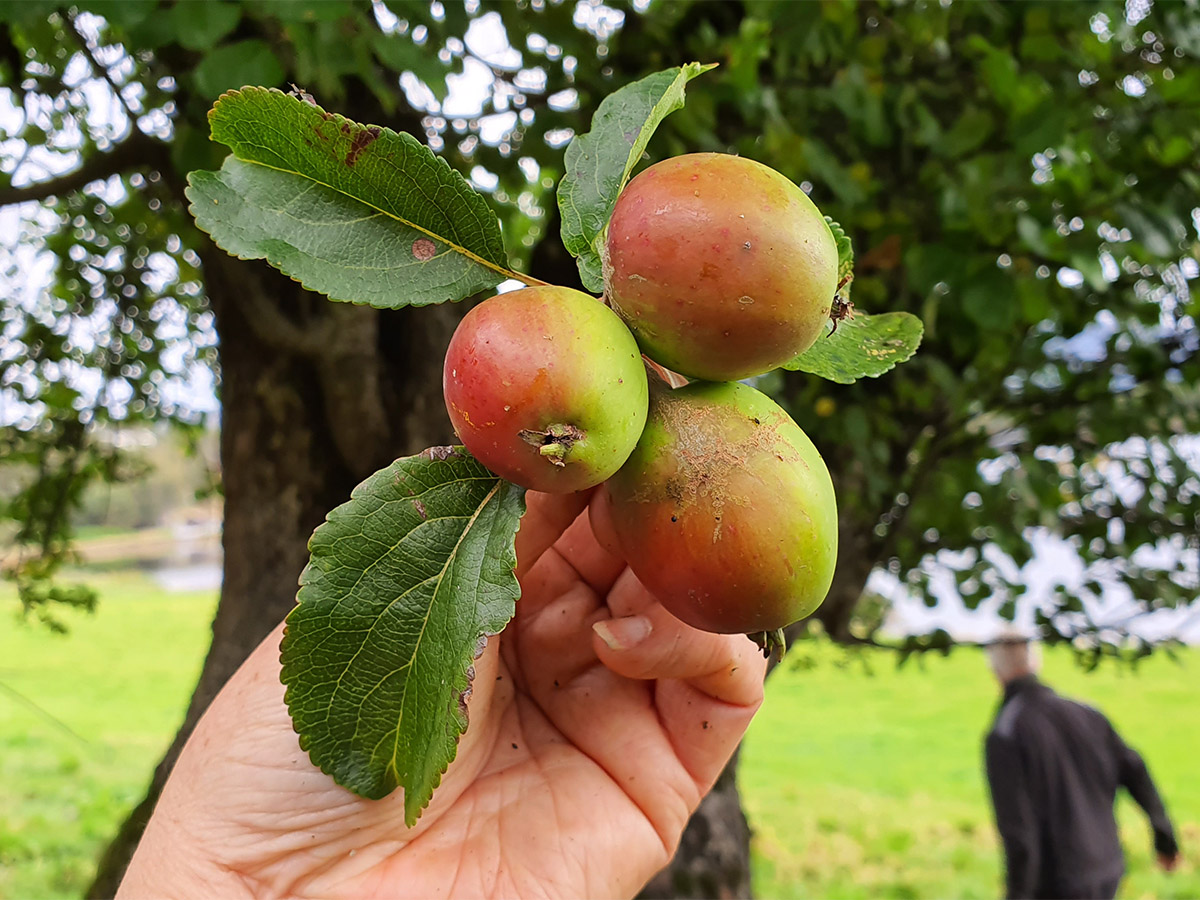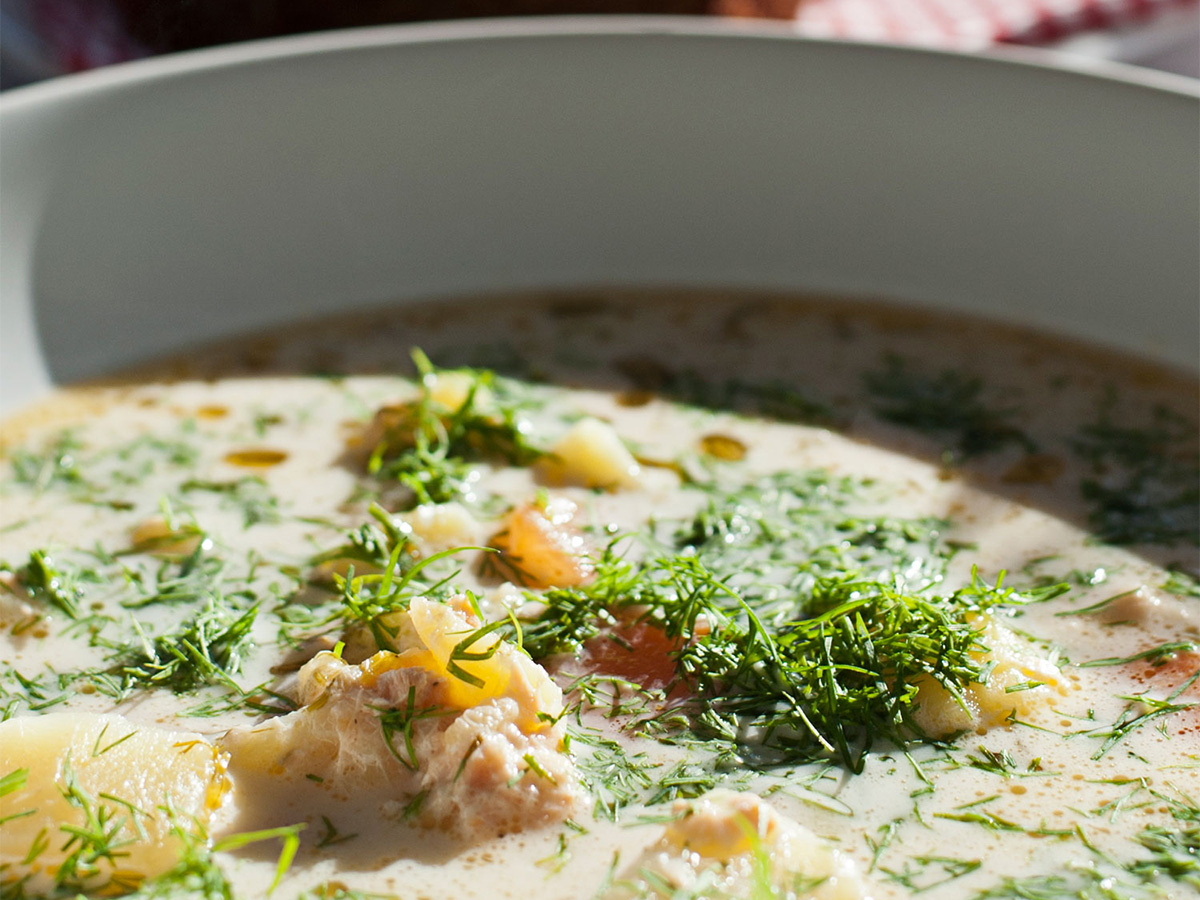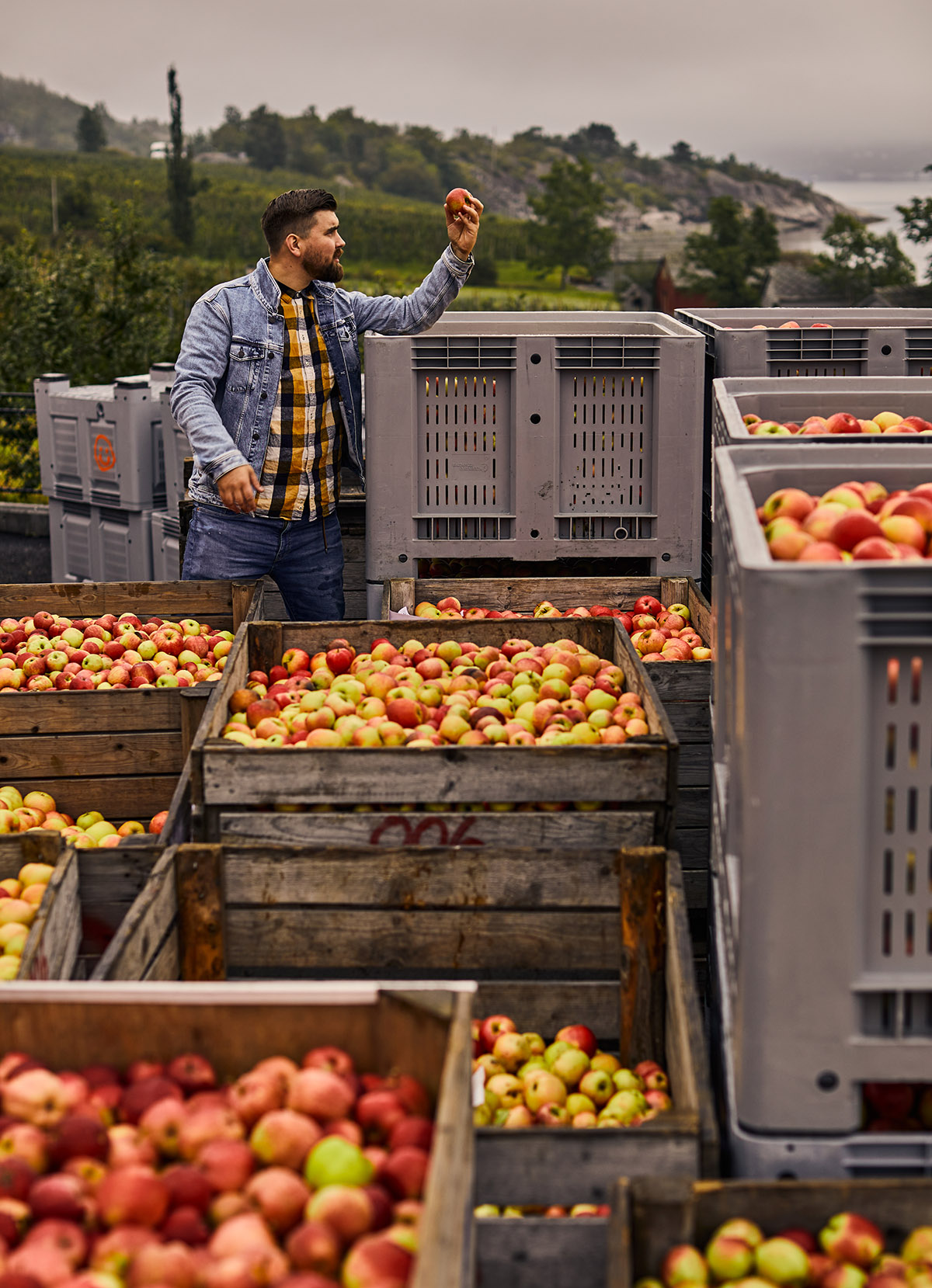Skedvi Bröd – Rising from the ashes
Text: Liz Longden | Photos © Maria Hansson
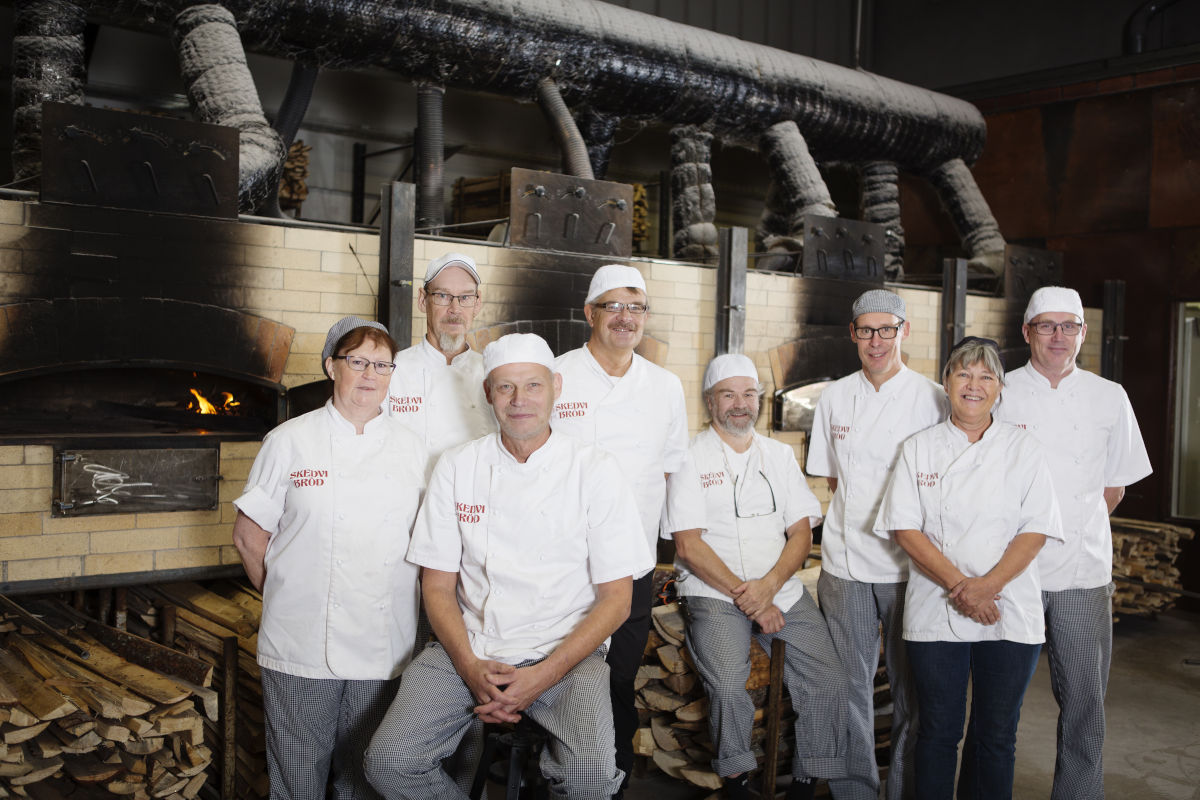
When it was announced that the Skedvi Bröd crispbread bakery would close its doors, it looked like over 90 years of baking craftsmanship would be lost forever. Yet the impassioned support of the local community and others has helped ensure that the historic bakery’s woodfire ovens are burning brightly once more.
The local area around Stora Skedvi, in Dalarna, has a strong tradition of artisanal food producers, but arguably none as iconic as Skedvi Bröd. The crispbread bakery has been at the heart of the village since the 1920s, and generations of master bakers have established its name as a familiar and trusted staple at Swedish tables.
It is unsurprising, therefore, that the decision to close the bakery in 2013 caused shock and anger. Not only would it mean the loss of local jobs, but, as the old ovens were torn out, it was as if the village itself was also losing a piece of its heart. “There was a long tradition of baking in the village, and it was a source of huge pride for people here,” explains Maria Adeström-Jonsson, marketing manager at Skedvi Bröd. “It wasn’t just that it was a local business. There was a feeling that it was part of their identity and history.”

Determined not to take the closure lying down, within months of the bakery’s closure, two entrepreneurs had vowed to buy the building and start up production once again, with the local community soon rallying around. Through a crowdfunding project, 733 people together donated 600,000 Swedish kronor to fund the building of new ovens, while a number of private companies also chipped in, in some cases carrying out building work for free or donating materials. It seemed that no one was left unmoved by the bakery’s plight — not even A-list celebrities. “The team behind the re-opening had been casting around for suitable potential investors, and one day they were approached by Benny Andersson of ABBA,” Adeström-Jonsson explains. “He had eaten a lot of the crispbread during his childhood and thought it was wrong that the bakery had been closed, so he got in touch, saying that he’d like to help.”
Now a part-owner of the bakery, Andersson was one of the many who gathered to celebrate the re-opening of the bakery in December 2014, just 18 months after its closure.
A living tradition
The preservation of the Skedvi Bröd bakery is not only poignant because of its age, but also because it is the only remaining crispbread bakery in Sweden where all produce is baked by hand, in wood fires. “One of the reasons why many people were so upset about the idea of the bakery closing is that these traditional methods for making crispbread are a form of craftsmanship,” Adeström-Jonsson explains. “If the bakery were to disappear, then so would those skills.”
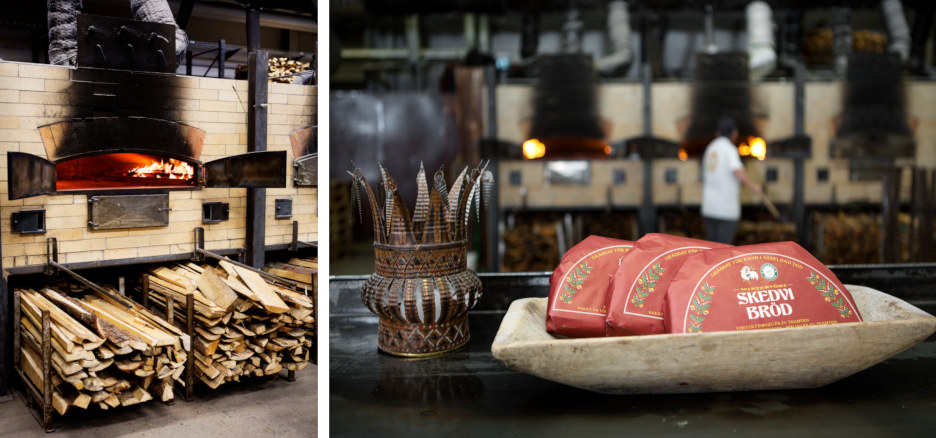
The bakery shuns any form of electronic automation — even the rolling machine that flattens the dough into rounds is an old, second-hand, mechanical specimen that has been subject to some loving and improvised customisation. Instead, the whole baking process is directed by the bakers’ judgement and intuition. Handling 15 crispbread rounds at a time, bakers must gradually rotate each bread around the oven in three lines, ensuring that each round is given just the right amount of heat. “Even just getting the fire going and making sure that it is at an even and optimal temperature is a skill that takes a lot of experience to perfect,” Adeström-Jonsson adds. “It isn’t something that can be learnt in a class. It’s a living tradition that comes from experience, and which has to be passed on through the generations for it to survive.” All the bakers who work for Skedvi Bröd today were previously employed in the old bakery, ensuring continuity of quality. All have over 30 years’ experience of the craft, and the most experienced has over 40.
Baking in a wood oven is not done purely for tradition’s sake, however. The wood also imparts a distinctive taste to the crispbreads, and the lack of automation leads to a natural variation in how roasted the rounds can be. Because of this, Skedvi Bröd sells two variants, one darker and one lighter. “A lot of people assume that they come from different recipes, but it’s only down to the degree of roasting,” Adeström-Jonsson explains, adding that factors such as the strength of the flames, timing, weather and even air pressure can all impact on whether a round comes out slightly lighter or darker. “We don’t use computers and sensors. It’s a handmade, living product, and that’s what makes it so special.”
Subscribe to Our Newsletter
Receive our monthly newsletter by email


